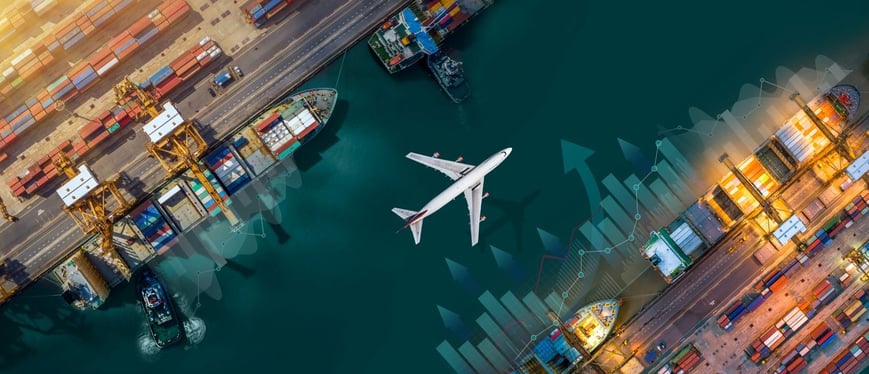
In recent updates on the Section 232 tariffs on Aluminum and Steel, the President has clarified “tariff stacking” and its implications for importers. This executive order aims to prevent unintended burdens as a result of the tariffs while safeguarding national security interests.
Purpose of the E.O.
This order guides the hierarchy in which the various types of tariffs and fees are to be applied. Those tariff fees will “stack” (or aggregate, as some in trade refer). This list includes the following:
- Antidumping/Countervailing Duties
- Section 201 Duties
- Section 301 Duties
- IEEPA (Reciprocal) for CN/HK – currently 125%
- IEEPA (Fentanyl) for CN/HK – currently 20%
The list of the additional Section 232 duties that will be applied in a hierarchy is listed in order as follows:
- Section 232 Duties on Automobiles and Automotive Parts (defined in the appropriate EO)
- If good is not included in #1, ask if the Section 232 is part of the Northern Border or Southern Border Executive Orders
- If not #1 nor #2, is the item Aluminum or Derivatives, or is it Steel or Derivatives, and these two buckets of tariffs can both apply
- If none of the above apply, apply the IEEPA (Reciprocal), currently 10%, under the current suspension of the country-specific rates
*There is a CH 99 tariff to use when the U.S. content of articles made in any other country provides at least 20% of the Customs value of the imported articles (9903.01.34)
Scope and Applicability
This E.O. applies to multiple proclamations dating back to 2018, including those that address the imports of automobiles, aluminum, and steel. These proclamations were issued under various executive orders to manage duties across borders and to ensure a coordinated trade policy response.
Non-Stacking of Tariffs
A central focus of this E.O. is to prohibit the cumulative application of different tariffs under the various Section 232 orders.
- If an article is subject to a 232 tariff, it should not also be subjected to additional tariffs from other provisions of the same order
- Tariff exclusions granted under any proclamation with the same order apply broadly to prevent duplicate duties
No Impact on Other Tariff Measures
This guidance does not affect tariffs imposed under other legal authorities or trade enforcement programs. It specifically clarifies how to administer Section 232 tariffs and avoid overlapping penalties.
What does this mean for Importers?
Importers should closely review their classifications to ensure they are properly applying the Section 232 Chapter 99 tariffs. The non-stacking principle allows excess duties to be reduced but also requires diligence in documentation and claiming any non-expired exclusions or timely refunds, when applicable. CBP has promised that a CSMS will be published in the trade once a refund mechanism has been defined.
As always, proactive compliance with Customs is an Importer’s responsibility and should be prioritized in these fast-changing times. Tradewin’s compliance experts are here to help you navigate these constant tariff changes, claim refunds, or research duty mitigation strategies.




